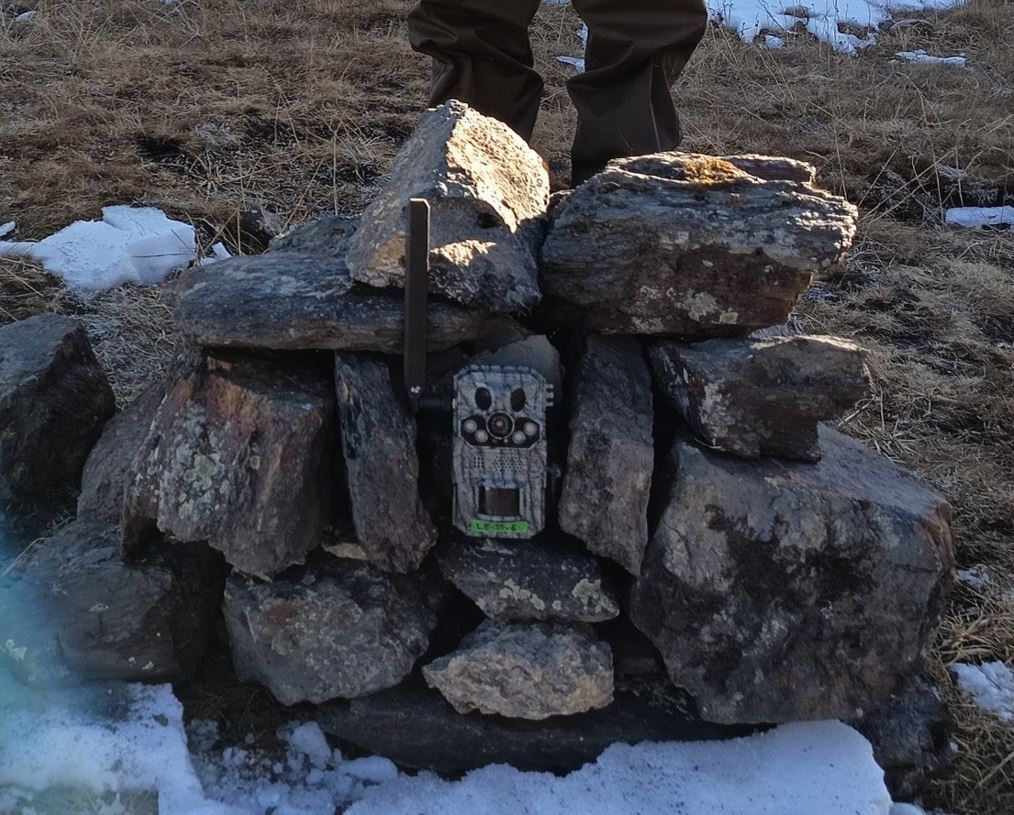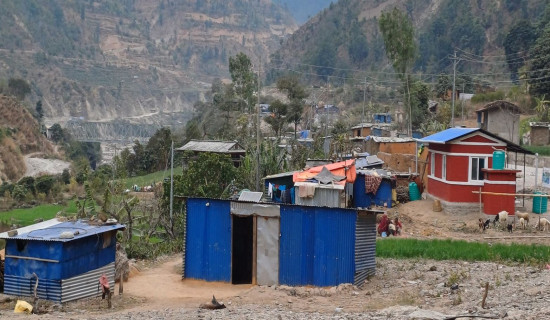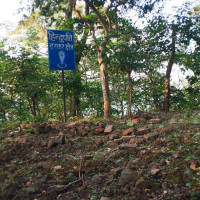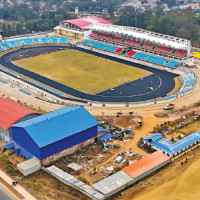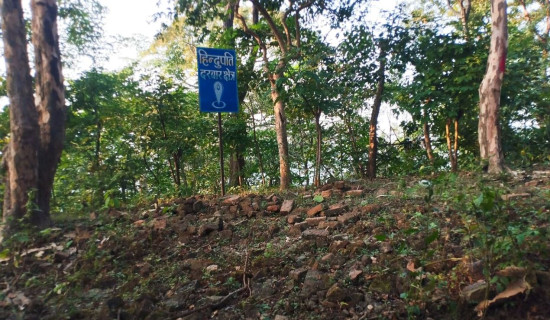- Friday, 28 November 2025
Cameras installed to monitor wildlife entering settlements
By Hari Krishna Sharma,Muktinath (Mustang), Nov. 28: With snowfall increasing in the upper regions of Mustang, a shortage of food and shelter has pushed wildlife closer to human settlements. To monitor this movement in real time, cameras have been installed near villages.
Thick layers of snow in the grazing areas have forced both prey and predator species to descend towards settlements and livestock sheds. To track their movements, the Annapurna Conservation Area Project (ACAP), Lomanthang Unit Office, has installed three online surveillance cameras in Lomanthang and two in Lo-Ghekar Damodarkunda Rural Municipality.
According to office Chief Umesh Paudel, these cameras will help reduce risks to people when wildlife leave their core habitat areas and enter settlements.
“The grazing grounds and natural habitats remain covered in snow. When animals come down searching for food, the chances of human-wildlife conflict increase,” Paudel said. ACAP is planning to install three additional cameras along the routes frequented by wildlife throughout the year.
Placed at altitudes of 3,800 and 4,000 metres, the cameras will also help monitor potential poaching activities when wildlife enter human settlements, Paudel added.
During the snowfall season, ensuring adequate food and safe habitat for wildlife becomes a major challenge. Species such as blue sheep (naur), Himalayan marmots and goral often feed on crops in fields around settlements, while predators like snow leopards and feral dogs sometimes attack both wild animals and livestock.
Wildlife traveling down from the highlands poses risks from mid-November to early March. Snow leopards -- rarely seen by people -- are sometimes spotted near settlements in search of food. Wildlife has already begun appearing near the newly installed cameras.
Meanwhile, ACAP has also started monitoring the availability of food resources in higher regions. Its Lomanthang office oversees Barhagaun Muktichhetra Rural Municipality-3, Lomanthang, and Lo-Ghekar Damodarkunda areas. ACAP had previously installed cameras in snow leopard habitats for monitoring purposes.
To reduce human-wildlife conflict, ACAP Lomanthang has built wire fencing this fiscal year 2025/26 (2082/83) around fields in Lomanthang-2 (Arkaama), Lomanthang-3 (Namgyal) and Lomanthang-4 (Kimling). The fencing has helped protect crops and minimise conflicts.
Since wildlife descends towards villages when there is insufficient food in the grazing areas, such fencing has become a priority for ACAP.
Similarly, ACAP’s Jomsom Unit Office has carried out forest patrolling in highland pastures and cliffs of Barhagaun Muktichhetra Rural Municipality-1, including the Muktinath area, where snow has already accumulated. The Thasang, Gharapjhong, and Barhagaun Muktichhetra rural municipalities fall under the Jomsom office’s jurisdiction.
Meanwhile, increasing cold has begun affecting daily life in upper Mustang, where temperatures have started dipping below freezing during mornings and evenings.
Photo Caption: An online surveillance camera installed by the Annapurna Conservation Area Project, Lomanthang Unit Office, to monitor wildlife descending from grazing areas into settlements.

